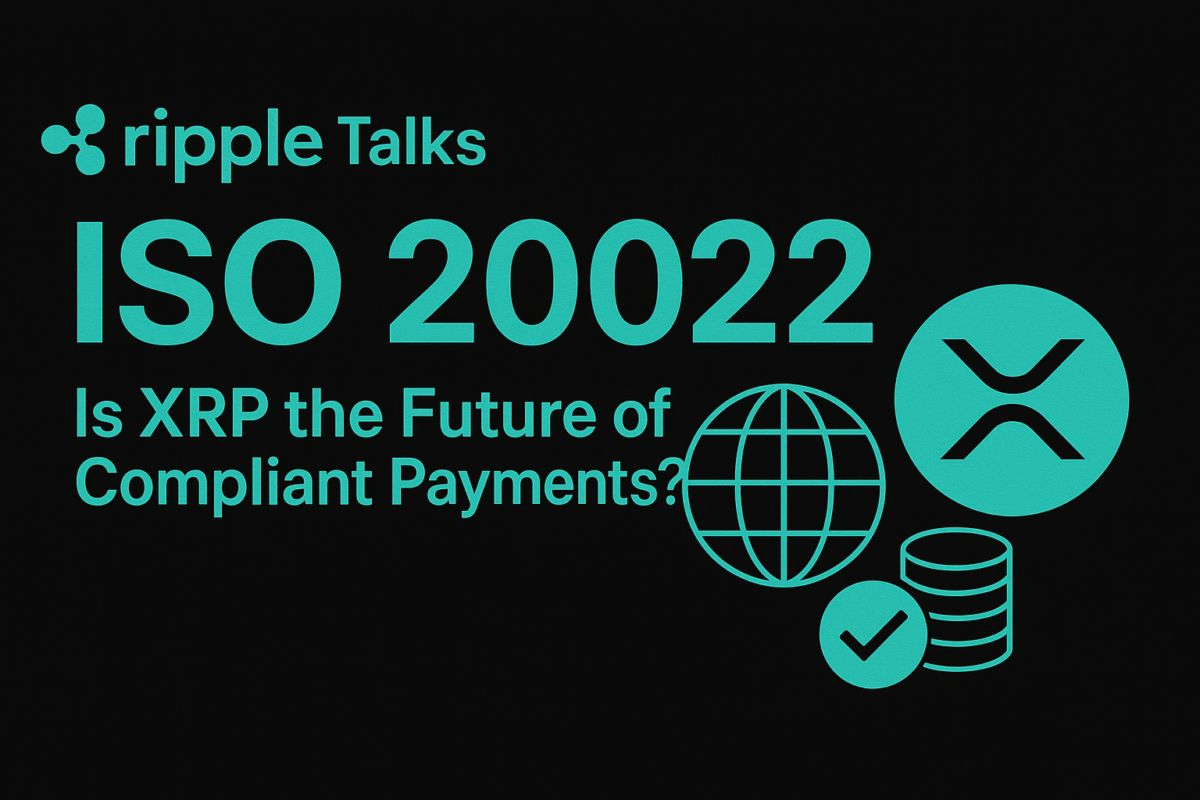India to look at offline solutions to aid CBDC adoption in rural areas
Reserve Bank of India (RBI) Governor Shaktikanta Das said the central bank will explore offline solutions to boost the adoption of its central bank digital currency (CBDC), the digital rupee, in remote areas of the country with limited internet access.
Several offline solutions, including proximity and non-proximity-based solutions, will be evaluated in hilly, rural and urban environments to achieve this aim, according to the Press Trust of India. During a Monetary Policy Committee review meeting on Feb. 8, the RBI governor said:
“It is proposed to introduce offline functionality in CBDC-R to enable transactions in areas with poor or limited internet connectivity. These functionalities will be slowly introduced through the pilots.”
On the programmability front, Das said the CBDC system currently enables person-to-person (P2P) and person-to-merchant (P2M) transactions using digital rupee wallets provided by pilot banks.
The plans for launching offline capabilities were first proposed in March 2023 when Ajay Kumar Choudhary, the RBI’s executive director, said the central bank is looking to test CBDC’s potential for cross-border transactions and linkage with legacy systems in other countries.
Related: Crypto ads and sponsors banned from women’s cricket league in India
While the digital rupee is being tested for offline capabilities, other existing payment platforms — especially the popular Unified Payments Interface (UPI) — already offer offline possibilities. Siddharth Sogani, the CEO of the Indian blockchain analytic firm Crebaco, told Cointelegraph that the primary purpose of CBDCs is to increase money monitoring and eliminate cash from the system:
“We already have popular payment services with offline capabilities, especially UPI. The CBDCs align with the government’s vision to eliminate cash. Although CBDCs are an alternate solution, the primary purpose is to have a well-monitored monetary system.”
The RBI launched a pilot of its retail CBDC in December 2022 and achieved the target of having one million daily transactions in December 2023.
Both developing and advanced economies mostly share the motivation behind their CBDC projects: financial stability and cross-border payment efficiency. However, developing countries are also hoping to increase financial inclusion through CBDCs.
Web3 Gamer: ‘Axie moment’ for Shrapnel Star Atlas? Hit game recipe, Nine Chronicles review
Disclaimer: The content of this article solely reflects the author's opinion and does not represent the platform in any capacity. This article is not intended to serve as a reference for making investment decisions.
You may also like
Ripple Talks ISO 20022—Is XRP the Future of Compliant Payments?

PumpFun Brings Back Livestreaming Feature for 5% of Users

The Scott Lewis Story: Calm Visionary Behind DeFi Pulse

Jim Cramer Predicts Crash Like 1987’s Black Monday
Jim Cramer compares today’s market to 1987’s Black Monday, warning investors of a potential major crash.Cramer Sees History Repeating ItselfSigns of Trouble in the MarketWhat Should Investors Do?

